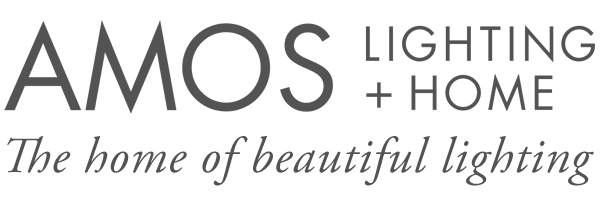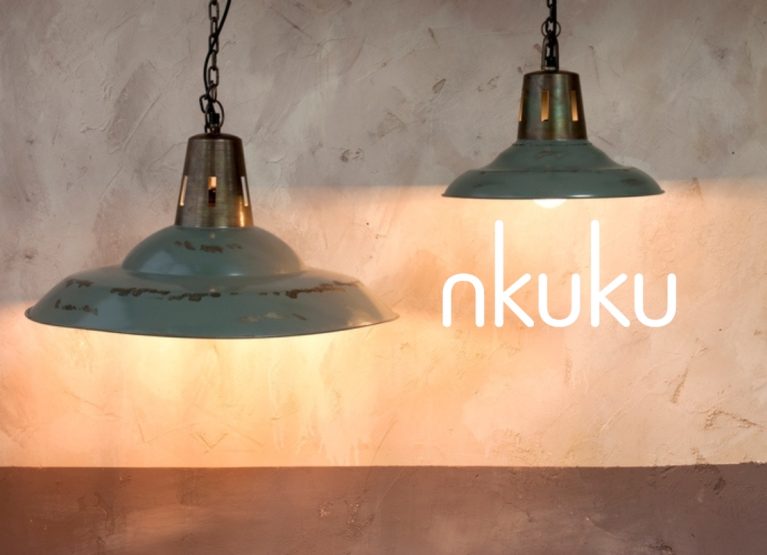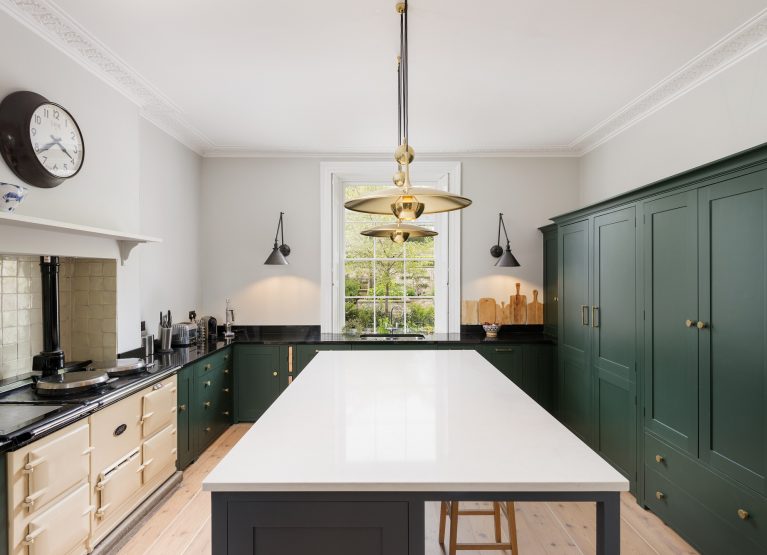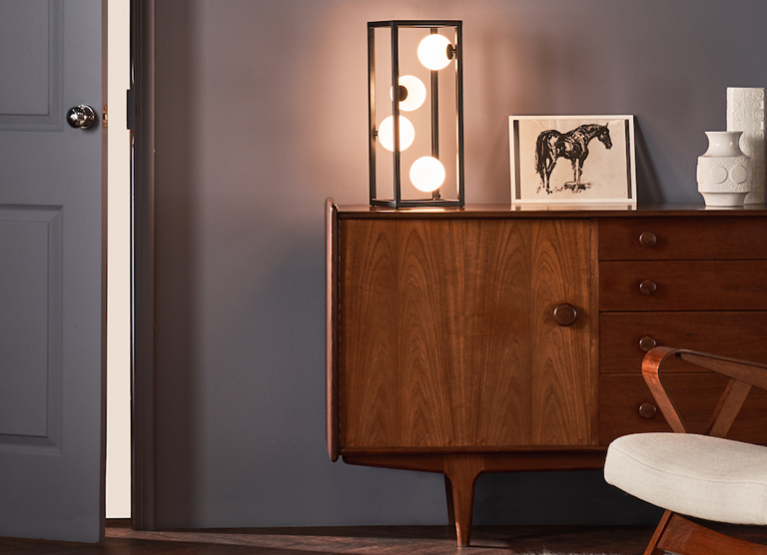No products in the basket.
When Sir Humphrey Davey connected two carbon filaments together in 1802 creating the first electric arc lamp it marked the beginning of a new chapter in our history. Human beings would no longer be restricted by the natural cycle of daylight and darkness. Instead, by the 1880s Thomas Edison’s Electric Light Company was marketing their revolutionary light bulb and the world would never be the same again.
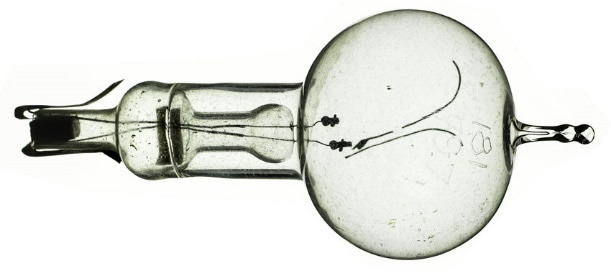
Edison’s original carbon-filament lamp
In the twenty first century, the advent of effective LED technology as a light source means we can light our homes in a more energy efficient manner than ever before. When designing a lighting scheme however it is the colour temperature of the light rather than its energy efficiency which is arguably the more useful consideration.
Most LED designed for the lighting market ranges from a chilly blue 4000 kelvin down to a cosy orange 1800 kelvin, but what is the best colour to choose and why?
It is well documented how long exposure to the blue light emitted by mobile phones and tablets late into the evening hinders sleep. This is thanks to an evolutionary hangover where our eyes, which evolved before our ancestors emerged from the oceans, retain the sensitivity to blue wavelengths of light that penetrated underwater. Understanding this, how the colour temperature of daylight changes over the course of a day and how it impacts upon our circadian rhythms is therefore useful as it will enable you to achieve the most effective lighting scheme.

Consider getting motivated on a dark morning when you just want to stay in bed. Using a cooler white LED in the shower will mimic natural morning light and inhibit the production of sleep-inducing melatonin. Conversely at the end of the day, a relaxing bath surrounded by gentle warm light that mimics the colour of sunset will help trigger the production of melatonin that heralds the onset of a good night’s sleep.
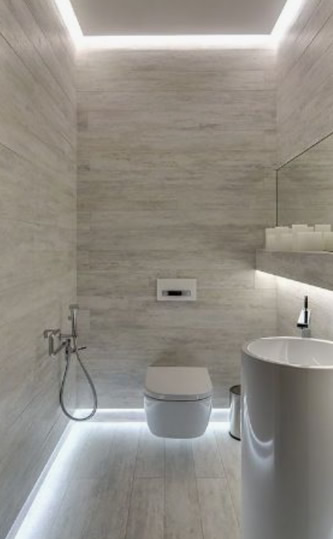
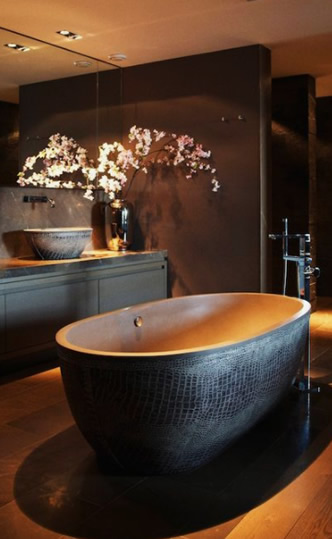
There are products on the market that will allow you to control this from a single fitting. Twin colour LED tape offers the ability to switch from cool to warm light, while dim to warm LED downlights mimic tungsten bulbs which produce a warmer light as they are dimmed.
The same effect can be achieved in your decorative lighting using warmer or cooler colour temperature bulbs or even bulbs that offer the ability to switch between the two. Cool light is great for desk and task lamps, while a cosy warm light is perfect in a bedside or living room table lamp to help you relax and unwind.
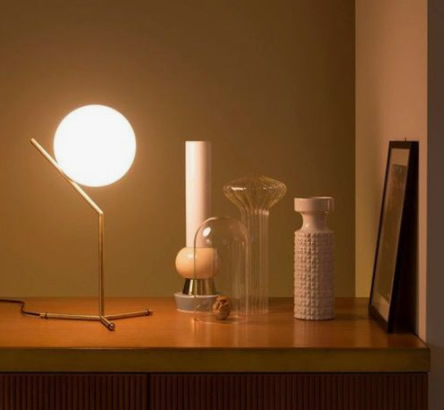
Lastly, spare a thought for our native wildlife, as colour temperature is as critical to their wellbeing as ours.
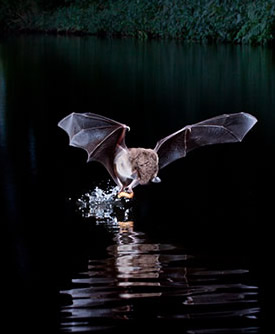
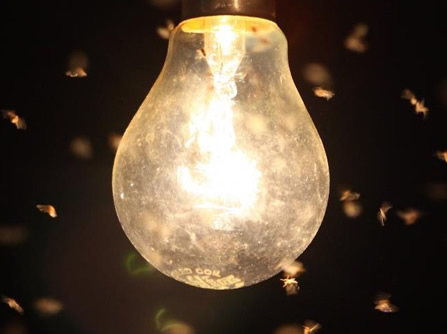
Cool colour temperatures combined with excess light pollution have a well documented negative impact on bats, invertebrates and many other species. So when choosing exterior lighting, try to use fittings that come with or will take a lightsource with a colour temperature of 2700K or lower.
With this knowledge of how you, and the natural world, respond to colour temperature you can be confident that in caring for your interior lighting scheme, you are also caring for your wellbeing.
